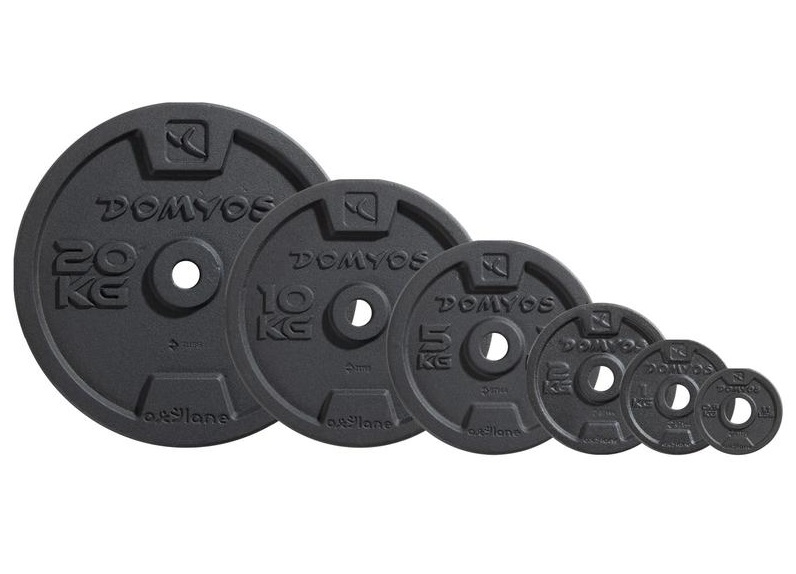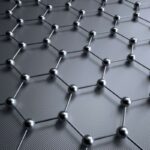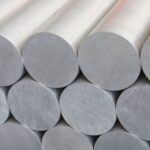
The cast iron is obtained by remelting pig iron with coke and lime stone in a furnace known as cupola. It is primarily an alloy of iron and carbon. The carbon contents in cast iron varies from 1.7 to 4.5%. It may be present either as free carbon (or graphite) or combined carbon (or cementite).
Since the cast iron is a brittle material, therefore, it cannot be used in those parts which are subjected to shocks. The properties of cast iron which makes it a valuable material for engineering purposes are its low cost, good casting characteristics, high compressive strength, wear resistance and excellent machinability. The compressive strength of cast iron is much greater than tensile strength.
The cast iron also contains small amounts of impurities such as silicon, sulphur, manganese and phosphorus. The effect of these impurities on cast iron are as follows:
1. Silicon. It may be present in cast iron upto 4%. It provides the formation of free graphite which makes the iron soft and easily machinable.
2. Sulphur. It makes the cast iron hard and brittle. It must be kept well below 0.1% for most foundry purposes.
3. Manganese. It makes the cast iron white and hard. It is often kept below 0.75%.
4. Phosphorus. It aids fusibility and fluidity in cast iron, but induces brittleness. It is rarely allowed to exceed 1%.
The important types of cast iron are as follows:
(a) Grey cast iron. It is an ordinary commercial iron having 3 to 3.5% carbon. The grey colour is due to the fact that carbon is present in the form of free graphite (When filing or machining cast iron makes our hands black, then it shows that free grraphite is present in it). It has a low tensile strength, high compressive strength and no ductility. It can be easily machined.
According to Indian standards, grey cast iron is designated by the alphabets FG followed by a figure indicating the minimum tensile strength in MPa or N/mm2. For example ‘FG 150 means grey cast iron with 150 MPa or N/mm2 as minimum tensile strength.
(b) White cast iron. It is a particular variety of cast iron having 1.75 to 2.3% carbon. The white colour is due to the fact that the carbon is in the form of carbide (known as cementite), which is the hardest constituent of iron. The white cast iron has a high tensile strength and a low compressive strength.
(c) Chilled cast iron. It is a white cast iron produced by quick cooling of molten iron. The quick cooling is generally called chilling and the iron so produced is known as chilled cast iron.
(d) Mottled cast iron. It is a product in between grey and white cast iron in composition, colour and general properties.
(e) Malleable cast iron. It is obtained from white cast iron by a suitable heat treatment process (i.e. annealing). According to Indian standard specifications, the malleable cast iron may be either whiteheart, blackheart or pearlitic and are designated by the alphabets WM, BM and PM respectively. These designations are followed by a figure indicating the minimum tensile strength in
MPa or N/mm2. For example `WM350′ denotes white heat malleable cast iron with 350 MPa as minimum tensile strength.
(f) Nodular or spheroidal graphite cast iron. It is also called ductile cast iron or high strength cast iron. This type of cast iron is obtained by adding small amounts of magnesium (0.1 to 0.8%) to the molten grey iron just after tapping. According to Indian standard specifications, the nodular or spheroidal graphite cast iron is designated by the alphabets ‘SG’ followed by the figures indicating the minimum tensile strength in MPa or N/mm2 and the percentage elongation. For example, SG 400/15 means spheroidal graphite cast iron with 400 MPa as minimum tensile strength and 15 percent elongation.
(g) Alloy cast iron. It is produced by adding alloying elements like nickel, chromium, molybdenum, copper and vanadium in sufficient quantities. The alloy cast iron has special properties like increased strength, high wear resistance, corrosion resistance or heat resistance.


